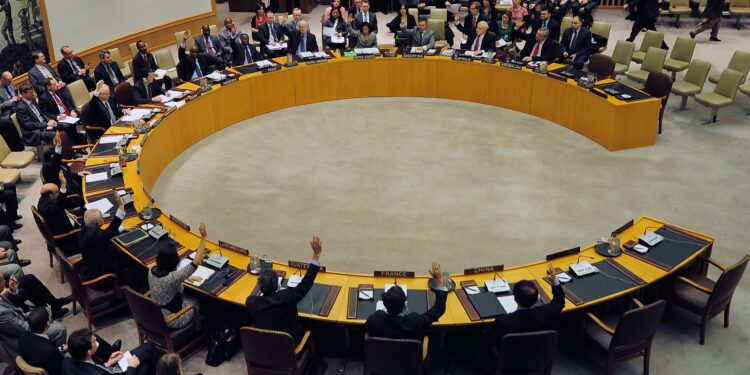The International Energy Agency (IEA) has projected that global oil supply will exceed demand by over 1 million barrels per day (bpd) in 2025, despite ongoing production cuts by the Organization of the Petroleum Exporting Countries (OPEC) and its allies, a group collectively known as OPEC+.
In its monthly oil market report, the IEA highlighted the potential for an oversupply of more than 1% of total global output by 2025. This surplus will occur despite current OPEC+ production cuts aimed at stabilizing prices, as increased output from non-OPEC countries.
“Global oil supply rose by 290 kb/d in October to 102.9 mb/d, as the return of Libyan barrels to the market more than offset lower Kazakh and Iranian supplies. OPEC+ delayed the unwinding of extra voluntary production cuts to January, at the earliest.”
International Energy Agency (IEA)
The IEA forecasted a rise of 1.5 million bpd in non-OPEC+ production in 2025, a figure that outpaces expected demand growth. The report identified the United States as a significant contributor, with continued growth in shale oil output, while Canada, Guyana, and Argentina are also set to increase their production levels.
This development adds a layer of complexity to OPEC+’s plans, as the group had previously postponed its output increases due to falling oil prices.
The IEA’s report reflects concerns that demand growth for oil is weaker than initially anticipated, largely because of a combination of economic challenges and a shift toward renewable energy.
China, which has traditionally been a major driver of global oil consumption, is experiencing an economic slowdown. Structural changes in its economy, including the adoption of electric vehicles and a move towards clean energy, are also contributing to the deceleration in demand.
“Rapid deployment of clean energy technologies is also increasingly displacing oil in transport and power generation, adding downward pressure to otherwise weak demand drivers.”
International Energy Agency (IEA)
Impact of China’s Economic Slowdown on Oil Demand
As the world’s second-largest oil consumer, China’s economic health plays a significant role in global oil demand.
The IEA observed a sharp decrease in China’s oil demand growth, which it attributes to both economic factors and the country’s aggressive push toward electrification and renewable energy adoption.
According to the IEA, “China’s marked slowdown has been the main drag on demand, with its growth this year expected to average just a tenth of the 1.4 mb/d increase in 2023.”
The IEA’s forecast also aligns with the broader trend of declining fossil fuel demand, as countries increasingly prioritize climate policies and invest in green technologies.
China, for instance, has been advancing in its shift to electric vehicles, which has been accelerating faster than previously predicted. The shift has a direct impact on the oil market, especially since China has traditionally been one of the top consumers of gasoline.
Additionally, as renewable energy adoption in power generation gains momentum, oil is gradually losing ground in several high-consumption sectors.
Broader Economic Context and Long-Term Implications
The divergence between OPEC’s and the IEA’s forecasts reflects broader economic uncertainties that have kept oil demand below pre-pandemic levels.
The IEA noted that the “sub-1 million bpd growth pace for both years reflects below-par global economic conditions with the post-pandemic release of pent-up demand now complete.”
As inflation concerns, geopolitical tensions, and sluggish economic growth persist globally, demand for oil is likely to remain restrained.
With demand growth slowing and non-OPEC+ supply rising, the IEA projected a potential supply surplus of over 1 mb/d in 2025, assuming OPEC+ production cuts remain in place.
This surplus could provide much-needed stability, mitigating recent disruptions in the oil market caused by events such as the COVID-19 pandemic, the conflict in Ukraine, and ongoing instability in the Middle East.
The IEA’s November 2024 OMR highlighted a period of rebalancing in the global oil market, as supply is set to outpace demand in the near term. This anticipated surplus, along with heightened clean energy adoption and subdued economic growth, sets the stage for a potentially more stable oil market in 2025.
The OPEC+ alliance’s upcoming decisions and further developments in major economies, notably China, will remain critical for shaping market dynamics in the year ahead.
READ ALSO: Naana Opoku-Agyemang Calls for Development-Focused Election




















